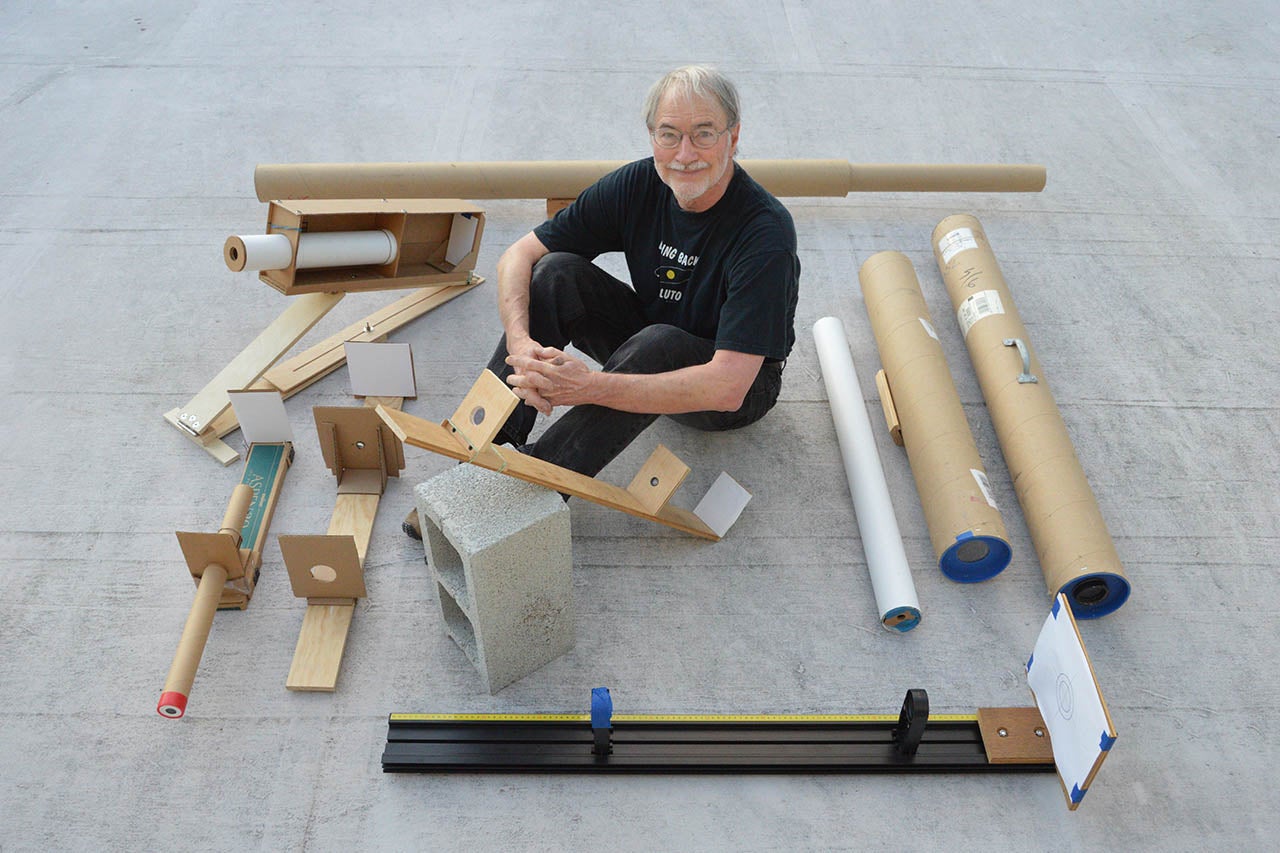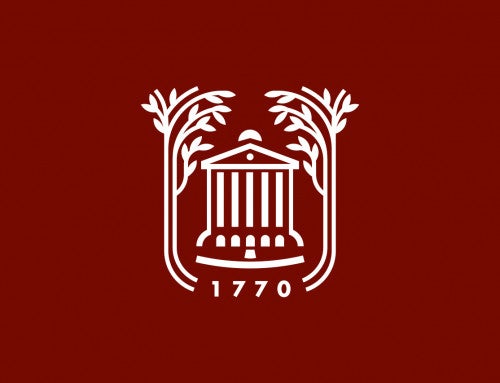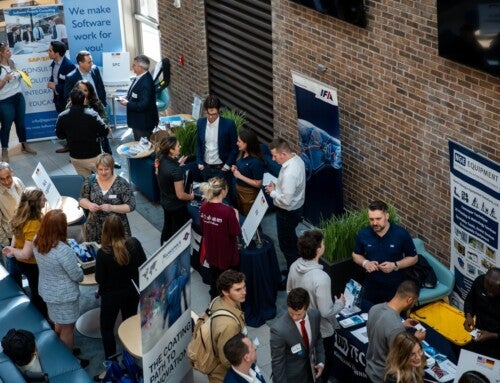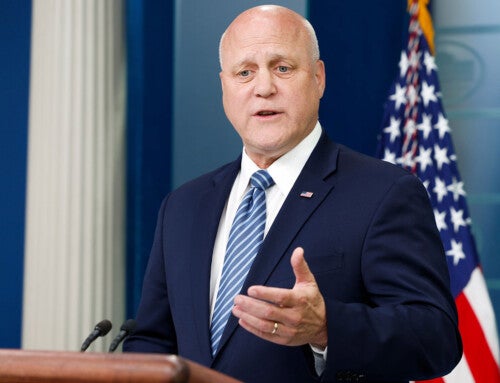When the moon eclipses the sun on Aug. 21, 2017, millions of people across the United States will have every imaginable electronic device aimed skyward, from smart phones and video cameras to high-powered telescopes and sophisticated research devices.
But Terry Richardson, senior instructor of astronomy and physics at the College of Charleston, has made it his mission to ensure that everybody has an opportunity to experience this historic event.
RELATED: Everything You Need to Know About the Solar Eclipse

CofC astronomy instructor Terry Richardson holds a projection device he designed for viewing the solar eclipse. (Photo by Ron Menchaca)
After years of trial and error, countless prototypes, a healthy dose of obsession, and nearly driving his wife crazy with building supplies and tools strewn all over their house and garage, Richardson has perfected a simple device for viewing the eclipse safely and affordably.
It’s called a Safe Solar Viewer. Essentially a crude telephoto lens, the device consists of a few small slats of plywood, a couple of lenses, rubber bands, paper and popsicle sticks. And he made the whole thing, including shipping to order the lenses online, for less than $20.
“For this eclipse, I wanted to come up with a telescope that was easy for kids to make and use and that was less than three feet long,” Richardson says. “Also, I wanted it to project an image of the sun that is at least two inches. And I wanted it to be inexpensive.”
Richardson is passionate about science. He’s been making astronomical viewing devices for decades in order to see and experience the solar system in new and interesting ways. He shares his inventions with his students and others in hopes that they, too, will get excited about space. But he’s especially fond of introducing school children to astronomy.
Because it’s very dangerous to attempt to look at the sun with the naked eye, special eclipse viewing glasses are required to view a solar eclipse. What Richardson’s device does is project an image of the sun onto a piece of paper, making it possible for a group of people to see an eclipse occurring without having to look directly at the sun and without the need for eclipse glasses.
Throughout his many experiments, he’s been guided by one simple objective: To make it simple enough for a child to build.
“Every time I did something, I’d ask myself, ‘could a kid do this? Would a kid get bored doing this?’”
Supported by a $1,500 grant from the American Astronomical Society, Richardson has been busy conducting workshops to teach school children how to build his device. He’s also built dozens of the devices on his own time for teachers to use in lessons about the eclipse and viewing safety.
RELATED: CofC Alum Recalls 1970s Total Solar Eclipse
“I’ve probably spent 200 hours on this,” he says. “I’ve built an innumerable number of them. I was making them like crazy.”
And now he’s taking his instruction global. With assistance from the College’s Division of Marketing and Communications, Richardson is starring in his own DIY video (above).
Richardson has a long history with eclipses. In July 1971, he and a friend traveled all the way to Canada to see a total solar eclipse. Unfortunately, right at the moment when the moon was about to overtake the sun, a small rain cloud rolled in and completely obscured their view.
In 1984, he built a pinhole telescope for viewing a partial eclipse that was visible from Charleston. His device was unique enough to capture the attention of the local newspaper, which ran a picture of him with his creation.
He’s determined to see this year’s eclipse. But, more importantly, he’s determined to help others, especially children, see it.
“I think this will be a real morale-builder and will interest people to see that they can make a contribution in science, that it’s cool, and that simple ideas can give them interesting results.”
Detailed plans of Richardson’s Safe Solar Viewer are available at the following link: http://richardsont.people.cofc.edu/safe_solar_folder/index.html




